Description:
Learn how to strengthen your operational security in 2025 with practical tips, emerging trends, and strategies to protect sensitive information from threats.
Introduction:
In today’s digital landscape it is the backbone to protect sensitive information Operational Security (OpSec). OpSec was first developed by the military and is now critical to the operation of many entities across the globe. It’s not just about the tech, it’s about tactics, mentality and being ready. A robust OpSec plan helps keep your data and operations safe in the sphere of cyber threats constantly evolving. As such, in this guide, we’ll take you through the central guiding principles, the pros and cons of implementing them well, and what challenges you can face, in the hopes of helping to establish the foundations of a resilient defenses we’ll need to have for 2025.
What is Operational Security (OpSec)?
• definition and origins of OpSec
• Its role in today’s digital world
• Defining OpSec as something different than other security disciplines (e.g., cybersecurity).
- Distinction between OpSec and other security disciplines (e.g., cybersecurity)
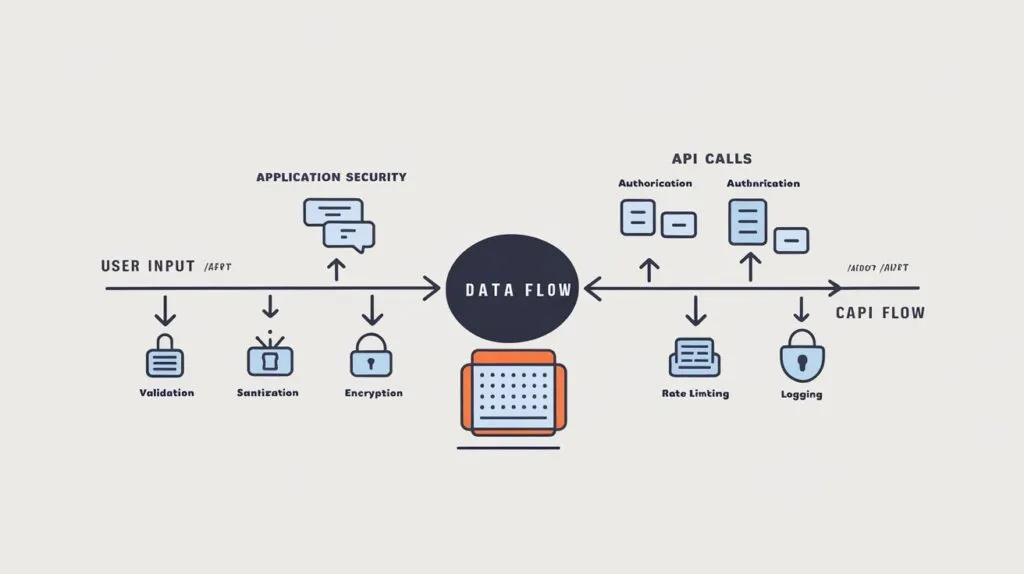
Key Components of Operational Security
- Identifying critical information:
- Types of data that need protection
- Examples from various industries (e.g., healthcare, finance)
- Analyzing threats:
Operational security (OpSec) is a way of identifying and analyzing threats, meaning the potential risks to sensitive information such as compromising its safety or damaging them from disrupting the target. It’s not a static process; it is one that has to be watched over time as the threat landscape changes with technological advancements and changes to the organizational environment.
| Types of Threat Actors | Steps for Effective Threat Analysis |
| Hacktivists: People for the purposes of political or social cause who seek to show or disrupt a place or people. | Gather Intelligence: Stay up with the new and emerging threats with threat intelligence feeds, cybersecurity tools and industry reports. |
| Nation-State Actors: Sensitive data or infrastructure targeting groups that can be considered highly skilled. | Identify Assets at Risk: Identify critical systems, critical data and processes that would be attacked. |
| Competitors: Engaging in industrial espionage by rival companies to gain a competitive edge. Effective Threat Analysis steps | Assess Threat Likelihood and Impact: Calculate the chance of a threat happening and how it would affect the organization. |
| Insider Threats: Intentional or unintentional strategies of compromising security of the employees, contractors or partners. | Understand Threat Actor Motivations: Think about what an attacker might be after when targeting your organization; perhaps it’s about financial gain, coordinated competitive advantage, quest for ideological mission. |
| Cybercriminals: In many cases such individuals or groups attempt to make money by stealing data, launching ransomware attacks or by committing fraud. | Simulate Threat Scenarios: Penetration testing and red team exercises to find vulnerabilities, and to understand how threats could become reality. |
- Assessing vulnerabilities:
Operational security (OpSec) is, in essence, the cornerstone of organizational vulnerabilities assessment; evaluates weaknesses within organizational systems, processes and infrastructure that may be overrun by the adversary. Such proactive approach is essential to minimise risks, protect critical data, and maintain the continuity of operations.
- Implementing safeguards:
Implementing safeguards is a crucial step in operational security (OpSec) to protect critical assets, mitigate risks, and ensure the integrity of operations. Safeguards act as layers of defense, addressing vulnerabilities identified during assessments and fortifying systems against potential threats.
- Monitoring and reviewing:
- Importance of continuous evaluation
- Tools for automated monitoring and reporting
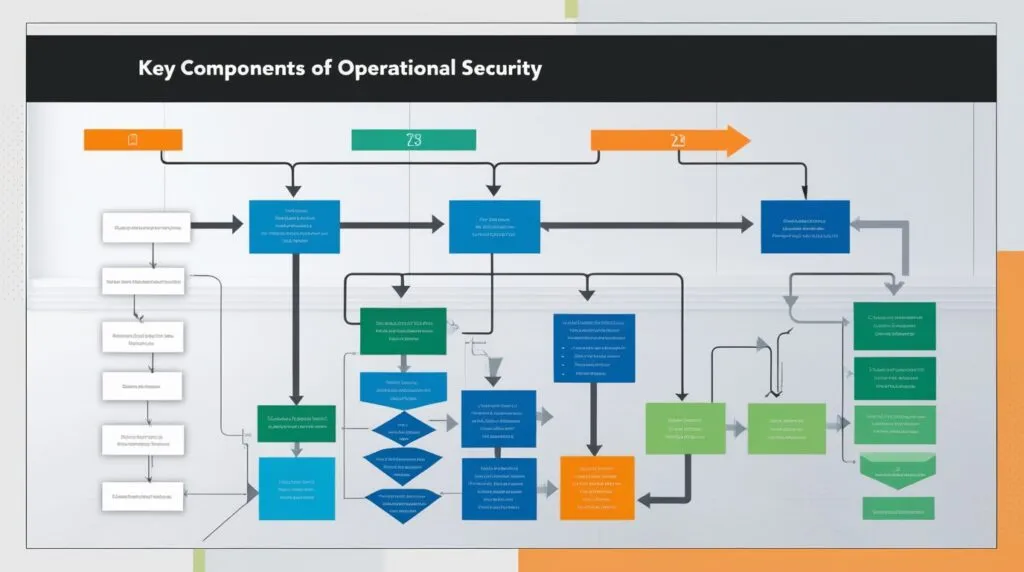
Best Practices for Operational Security in 2025
• Informing employees on OpSec principals
• Data exposure minimization on digital platforms Encrypting sensitive communications, also known as UTILIZING EN. Creating incident response plans
• Advancing to advanced tools such as AI driven threat detection. Data exposure on digital platforms
• Utilizing encryption for sensitive communications
• Developing incident response plans
• Leveraging advanced tools like AI-driven threat detection
Challenges in Implementing Operational Security
- Balancing security with operational efficiency
- Overcoming resistance to OpSec adoption within organizations
- Managing OpSec in remote and hybrid work environments
- Staying compliant with regulatory frameworks
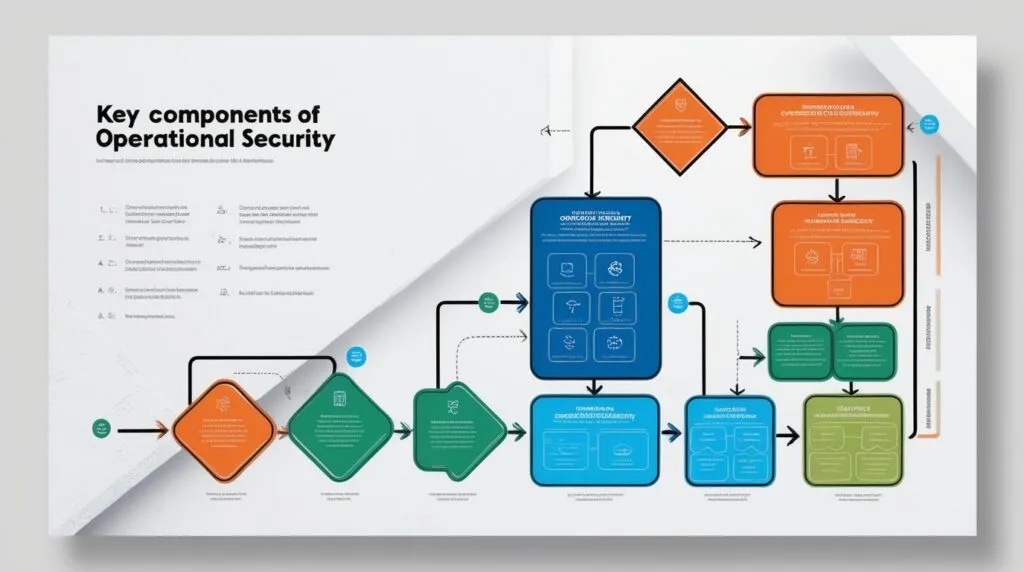
Emerging Trends in Operational Security
- Role of artificial intelligence and machine learning
- Integration of OpSec with cybersecurity strategies
- Increased focus on supply chain security
- The impact of quantum computing on OpSec practices
Operational Security for Small and Medium Businesses (SMBs)
- Unique challenges faced by SMBs in implementing OpSec
- Cost-effective strategies for robust OpSec
- Benefits of outsourcing OpSec to managed security providers
Growing Threat of Cyber Attacks
Cyberattacks are a big concern today in this interconnected world, to everyone who is an individual, to business, including governments. With advancing technology comes more frequent, more sophisticated, more damaging attacks, as cybercriminals have their tactics growing with them. With cyberattacks now a growing threat, financial losses, compromised national security and more all have profound implications. However, understanding this evolving landscape is critical for whether prevention and response strategies are effective.
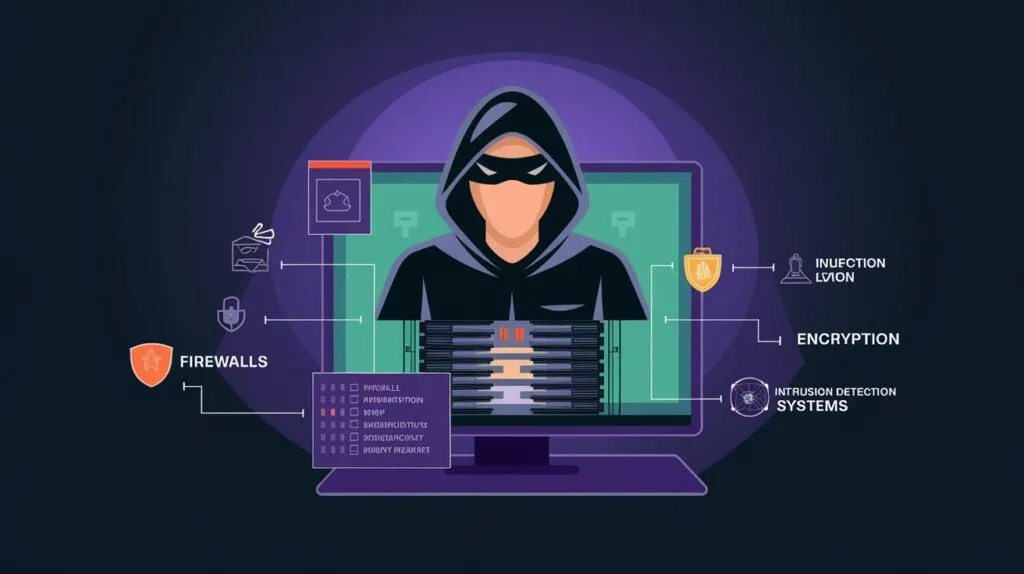
The Rise in Cyberattacks
Cyberattacks have surged in recent years, driven by several factors:
Increased Connectivity: As the attack surface expands due to devices, remote work setups, and cloud computing, the proliferation of IoT devices has enabled this.
Sophisticated Attack Techniques: Today’s cybercriminals are using more sophisticated tactics like ransomware as a service, AI driven malware, and for example social engineering.
Growing Cybercrime Economy: Malicious activities are fueled by the underground market for stolen data, hacking tools and other cybercrime services.
Global Geopolitical Tensions:
Cyber espionage and infrastructure sabotage by nation state actors has since become increasingly commonplace for winning strategic advantage.
Common Types of Cyberattacks
Ransomware Attacks:
Such malicious software encrypts files and the only way to get access to the file is by payment of the decryption key by the hackers.
Phishing Attacks:
These are emails or messages aimed at using fraudulent information or pushing malware onto the user.
Distributed Denial of Service (DDoS) Attacks:
Encounters traffic overload, and brings down even the most robust websites and services.
Zero-Day Exploits:
The vulnerabilities are not discoveries by developers first and patched, but attacks.
Advanced Persistent Threats (APTs):
Attacks that occur over time and targeting, stealing valuable data, or disruption of ops.
Impacts of Cyberattacks
The repercussions of cyberattacks are wide-ranging and severe:
Financial Losses: Data breach, downtime, and ransom payment costs are costs associated with companies.
Reputational Damage: There are long term repercussions to losing customer trust.
Operational Disruptions: When attacked, business can be halted resulting in productivity and revenue loss.
Data Breaches: Identity theft and fraud will be perpetrated against these individuals following sensitive information theft.
National Security Risks: More and more critical infrastructure and government systems are under attack.
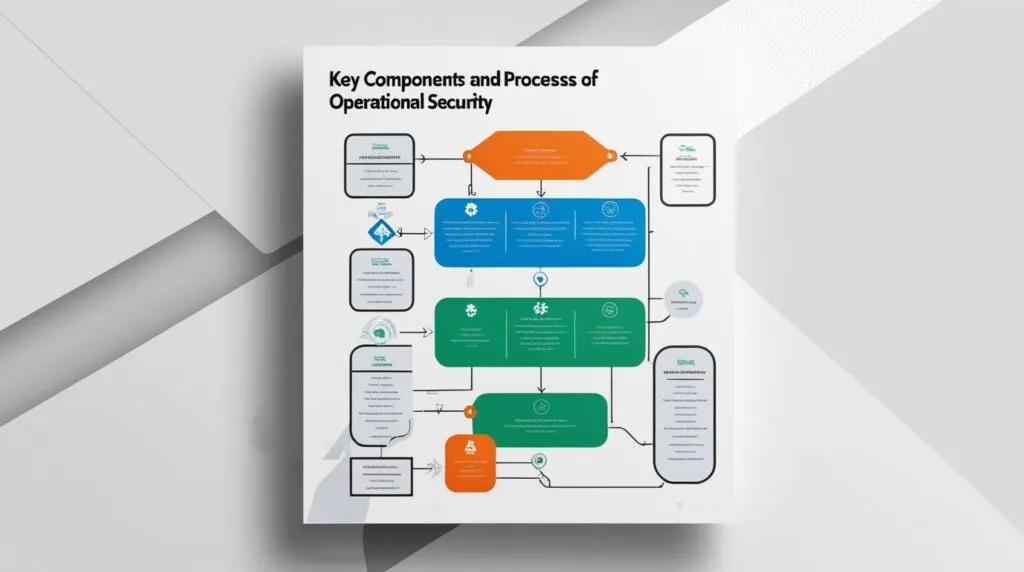
Conclusion:
Not only is Operational Security a method of defense, but also, of course, a philosophy. Organizations who understand vulnerabilities, look at risk and implement controls to avoid critical information being lost and to keep trust. By 2025, to stay ahead, the continuous learning will be necessary as well as the continuous adaptation and exploitation of the most cutting edge tools and technologies. Is your operational security ready for fortification? Apply these best practices to your organization today.


